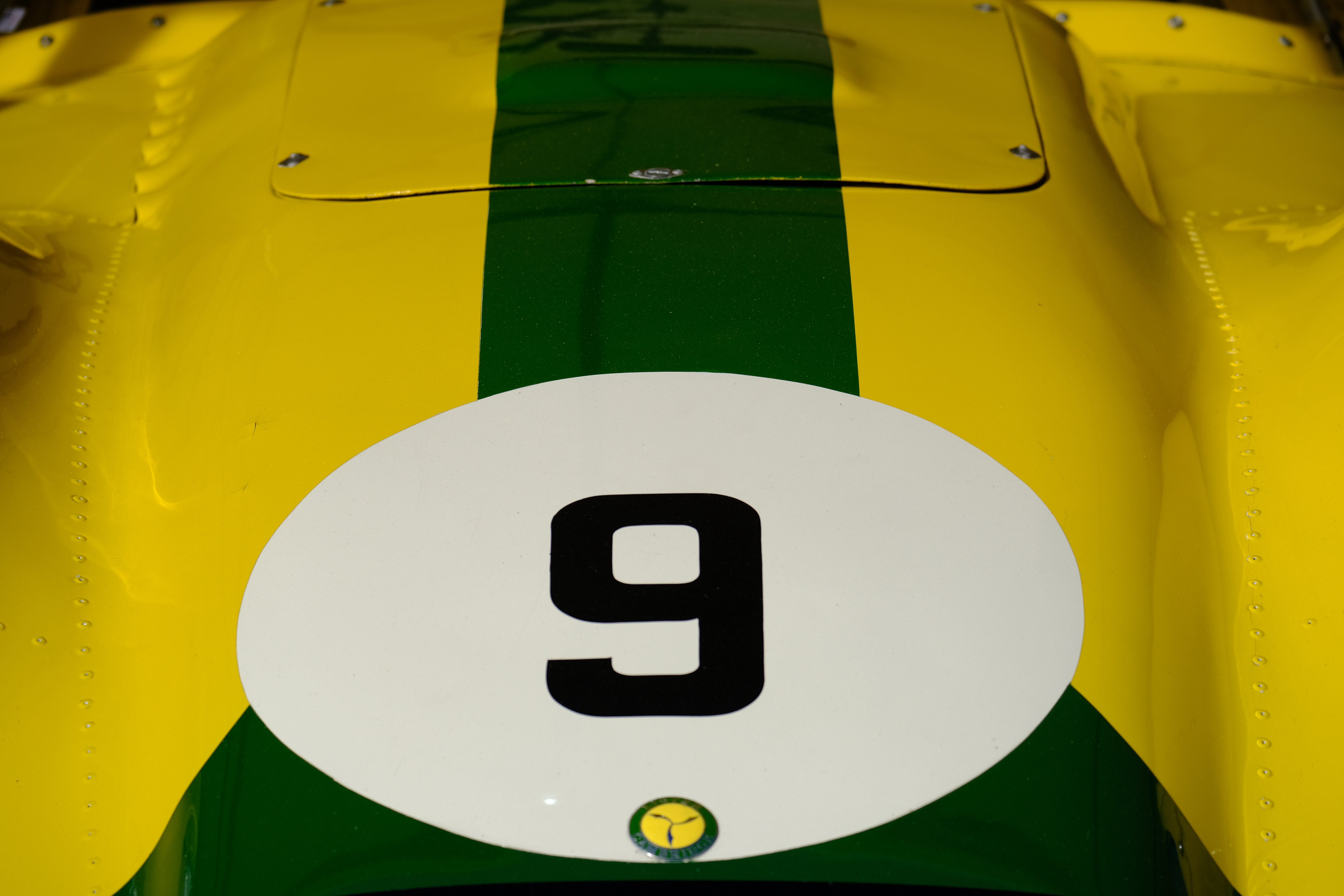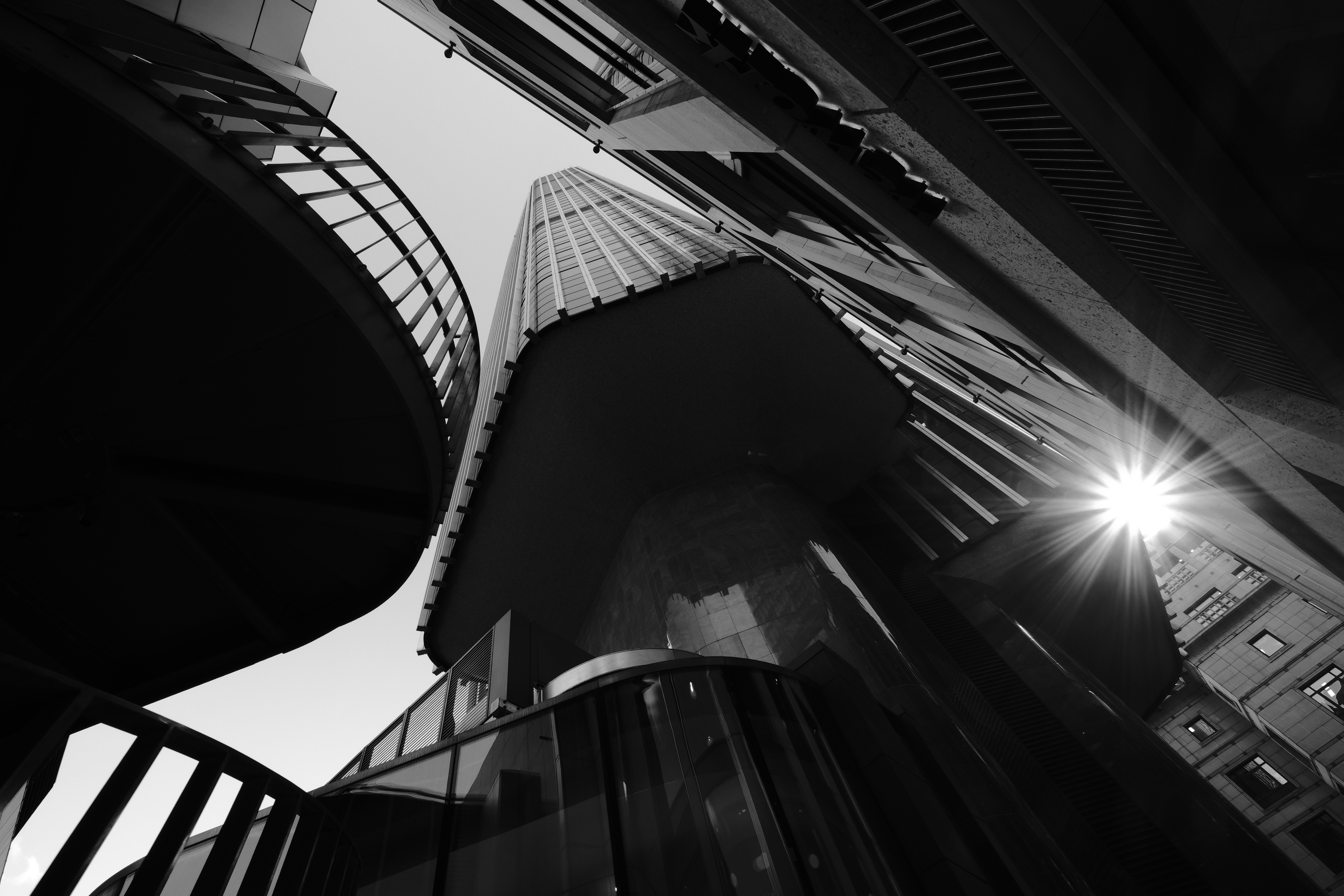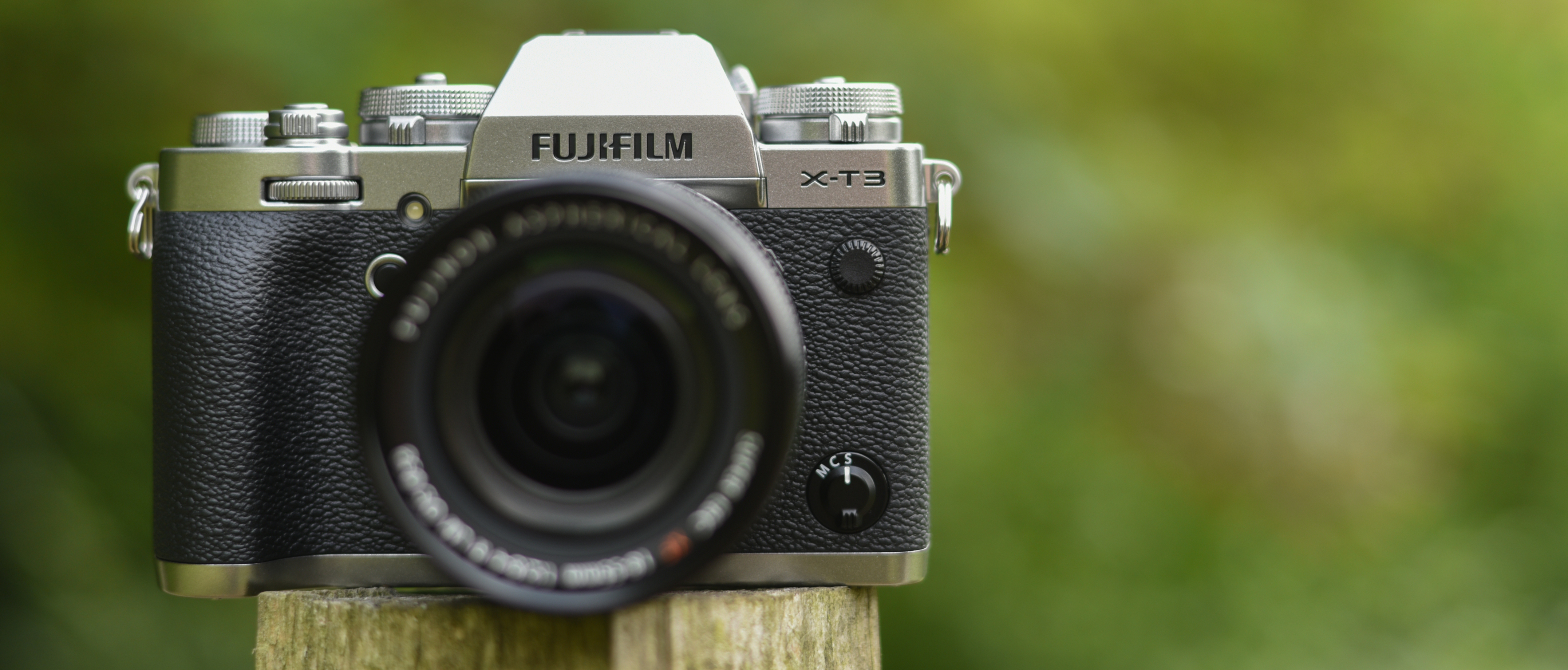Why you can trust TechRadar
Performance
- 3.2in LCD touchscreen, 1.04million dots
- Detailed EVF, but susceptible to coloured fringing
- Great response during image processing
The earliest mirrorless cameras were often a little sluggish upon start up, something you particularly noticed if you were coming from a DSLR. Slowly the gap narrowed and models like the X-T3 show you just how far it’s come. While it’s not quite instant, there’s just the briefest pause before the camera is ready, with the autofocus system, viewfinder/LCD feed and all the shooting information falling into place simultaneously.
Response continues to be strong as you operate the camera. It responds immediately as you adjust things like exposure compensation and shutter speed, and there’s just the briefest lagging as you navigate the menus. Holding down one of the directional menu pad buttons zips through captured images at a very fast pace, which makes scanning through a whole day’s shooting effortless.
When set to capture images continuously, the camera meets its 35 frame raw and JPEG buffer depth, and it manages to flush this to the memory cards in a matter of just a few seconds. Perhaps most impressively, it doesn't freeze up as it does this, which means that you can still enter the menus and adjust settings at any point.
The viewfinder has been revamped from the X-T2’s, the main change being its resolution. In place of the 2.36-million dot panel from before, we now have a 3.69-million-dot alternative, which refreshes itself at a rate of up to 100fps when used in the BOOST mode. We’re starting to see viewfinders with this kind of resolution on high-end models, but to have it on a non-flagship camera at this price point is great to see. Magnification is a respectable 0.75x and Fujifilm states a lag time of 0.005sec.

The X-T3's viewfinder itself is very nice and crisp, and you really appreciate this when you temporarily zoom into the display when composing images. One issue we discovered when we first got our hands on the camera upon its launch, however, doesn’t appear to have been rectified here. Coloured fringes frequently appear on the edges of certain subjects, and these are quite prominent at times. This happens when shooting both colour and black and white images, although they do not appear in the final image itself.
The LCD screen beneath this has the same 3.2-inch dimensions and 1.04-million dot resolution as the X-T2, together with the same three-way tilt mechanism, which allows it to be used more easily in a portrait orientation when away from your face. The screen is nice and detailed and there’s little to fault, though, as with pretty much all similar screens, in bright light it benefits from having its brightness adjusted a touch.

The only difference of any significance between the X-T2's screen is that it's now sensitive to touch on the X-T3. You can use this to set the focusing point, choose and adjust Q menu options (though nothing in the main menus), swipe through captured images and zoom into them among other things. Response in general is very good, particularly when setting the AF point and when zooming around images to check focus and detail.
The only real issue is a relatively common one, namely that moving your hand around the display can fool the viewfinder’s sensor into thinking your face is approaching, and this switches the feed to the viewfinder. The viewfinder’s deep eyecup is very much appreciated when shooting in strong light although it would be good to have the LCD extend a little further out from the body when tilted as it obscures the top of the display when this is pulled out at a 90-degree angle to the body.
Image quality
- 14-bit Raw shooting
- 11 Film Simulation modes (16 separate options)
- Color Chrome Effect
We’ve become used to Fujifilm using a particular sensor in a number of its models, but this is the first time we’ve seen this 26.1MP X-Trans CMOS 4 version. The modest increase in resolution over the previous 24MP version isn’t anything too exciting, but the fact that it has a back-illuminated design bodes particularly well for those who tend to capture images at the higher end of the ISO range.

So it’s great to see that noise appears to be very well controlled by the X-T3 throughout the range, and stays good at higher settings. Only a minimal amount of texture can be seen in low-ISO images, in exactly the sorts of places we expect (large, detail-less areas such as skies). Raw files captured at the highest native setting of ISO12,800 retain good detail and show noise to not be aggressive at all, which makes the default ‘0’ noise reduction option for JPEGs appear a little heavy-handed (you can scale this right back to -4).













Exposures seem well judged by the X-T3's metering system, with the default pattern behaving with a pleasing predictability. The centre-weighted average option, meanwhile, appears to do perfectly well to maintain good exposure on a brighter subjects while keeping the background appropriately exposed.
The only times where exposure compensation was necessary during this review was when capturing larger areas of bright skies, which would force most cameras to underexpose, and also when a particularly bright subject only occupied some of the frame, where highlight detail was at risk of being lost. With the exposure compensation dial falling close to the hand on the X-T3, it's easy to make slight adjustments when you see fit.

Fujifilm's Film Simulation options are now well established, and arguably something of a draw for anyone after print-ready images with great colors straight from the camera, and there's little to gripe about here.
The default Provia/Standard mode delivers pleasing results and the Velvia/Vivid option injects a welcome vibrancy, one that's only over the top when shooting scenes with more saturated colors. The auto white balance system is accurate in natural conditions too, and its performance under mixed natural and artificial lighting – a headache for many cameras – also proved to be surprisingly good, retaining the ambience of the scenes very well.
It’s possible to process raw images in camera on the X-T3 once you’ve captured them, and there’s a healthy range of options to choose from, including the new toning options and Color Chrome Effect
It’s possible to process raw images in camera on the X-T3 once you’ve captured them, and there’s a healthy range of options to choose from, including the new toning options and Color Chrome Effect. Sadly, changes are not applied in real time, which means you end up having the guess how much adjustment is necessary before you can see what change this makes. Fujifilm should really pay attention to companies like Panasonic and Nikon have implemented their equivalent systems, as these are far more usable. In fairness to Fujifilm, Sony still hasn’t implemented this function into its cameras, so at least we have one here.
Video footage from the X-T3 is very good, whether you’re capturing conventional 4K footage or using on of the camera’s slow-motion options. Footage is pleasingly free from artefacts and detail remains nice and crisp overall. Sound quality isn’t too bad either; the camera can pick up a little wind noise, but anyone using the X-T3 for more considered recording will no doubt be using a superior microphone through the port at the camera’s side.
Current page: Performance and image quality
Prev Page Build, handling and AF Next Page Verdict and competition